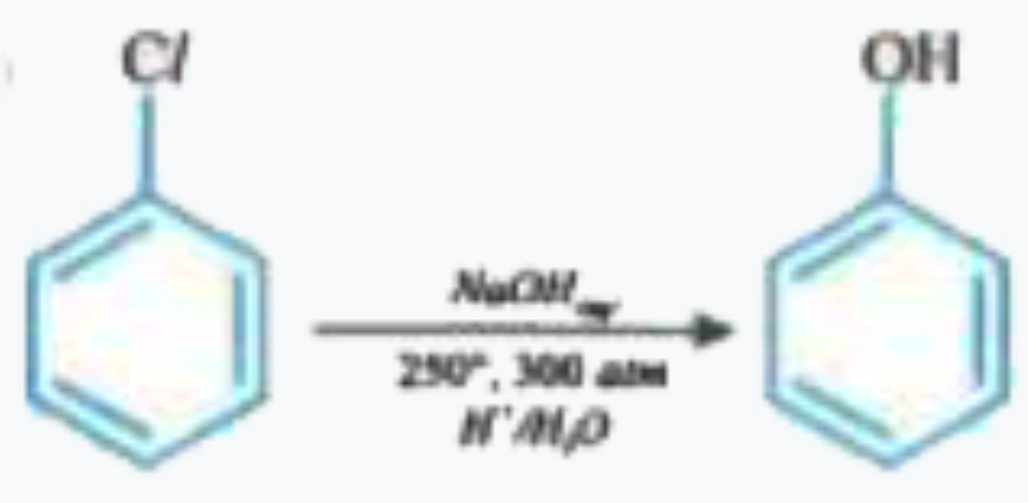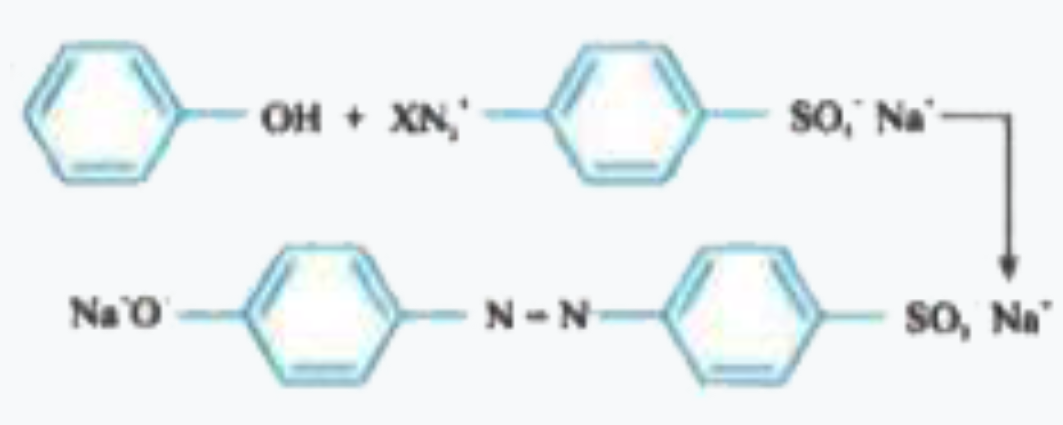Assertion : Chloral reacts with phenyl chloride to form DDT.
Reason : It is an electrophilic substitution reaction.
If both assertionn and reason are true, and reason is the true explanation of the assertion.
If both assertion and reason are true, but reason is not the true explanation of the assertion.
If assertion is true, but reason is false.
If both assertion and Reason are false.
The correct Answer is:A
Step by step video, text & image solution for Assertion : Chloral reacts with phenyl chloride to form DDT. Reason : It is an electrophilic substitution reaction. by Chemistry experts to help you in doubts & scoring excellent marks in Class 12 exams.
Updated on:21/07/2023Topper's Solved these Questions
- HALOALKANES AND HALOARENESBook:PRADEEPChapter:HALOALKANES AND HALOARENESExercise:IMPORTANT QUESTIONS FOR BOARD EXAMINATION
Explore 22 Videos
- HALOALKANES AND HALOARENESBook:PRADEEPChapter:HALOALKANES AND HALOARENESExercise:Competition Focus (JEE (MAIN AND ADVANCED)/MEDICAL ENTRANCE SPECIAL (VII - ASSERTION-REASON TYPE QUESTIONS))
Explore 8 Videos
- GENERAL PRINCIPLES AND PROCESSES OF ISOLATION OF ELEMENTS Book:PRADEEPChapter:GENERAL PRINCIPLES AND PROCESSES OF ISOLATION OF ELEMENTS Exercise:Curiosity Questions
Explore 2 Videos
- ORGANIC COMPOUNDS CONTAINING NITROGENBook:PRADEEPChapter:ORGANIC COMPOUNDS CONTAINING NITROGENExercise:IMPORTANT QUESTIONS FOR BOARD EXAMINATION
Explore 27 Videos
Similar Questions
Knowledge Check
Assertion : Chloral reacts with phenyl chloride to form DDT.
Reason : It is an electrophilic substitution reaction.AIf both assertionn and reason are true, and reason is the true explanation of the assertion.BIf both assertion and reason are true, but reason is not the true explanation of the assertion.CIf assertion is true, but reason is false.DIf both assertion and Reason are false.The example of an electrophilic substitution reaction is
A B
B CH2C=CH−CH3HBr−−−−→peroxide
CH2C=CH−CH3HBr−−−−→peroxide
Br2−CH2−CH2−CH3DH2CH2−CH2−O∣∣C−CH3For an electrophilic aromatic substitution reaction
AChlorine is o-p directing group and also electron releasing groupBChlorine is o-p directing group and also electron withdrawing groupCChlorine is meta directing group and also electron releasing groupDChlorine is meta directing group and also electron withdrawing group
Correct order of electrophilic substitution reaction is :

View SolutionIn electrophilic substitution reaction nitrobenzene is
View SolutionThe ether the undergoes electrophilic substitution reaction is
View SolutionWhich of the following is an electrophilic substitution reaction?
View SolutionMore reactive haloarenes in electrophilic substitution reaction is
View Solution


